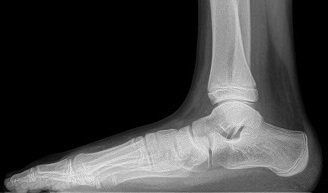Flat Feet
What Are Flat Feet?
Flat feet are also commonly referred to as "fallen arches" or "pes planus". In a flat foot, the entire sole of the foot comes into complete or near-complete contact with the ground. With a healthy foot, the arch prevents the sole from lying flat on the ground while standing.
Who Does Flat Feet Affect?
Flat feet are a common occurrence in children and adolescents. They are particularly prevalent in some ethnic backgrounds and can have a familial/hereditary component.
Treatment for Flat Feet
The majority of the time, no treatment (orthoses/shoe inserts or surgery) is required as flexible flat feet are on the spectrum of normal feet appearances and do not cause any problems
Occasionally flat feet are caused by developmental abnormalities and may require treatment- particularly in non-flexible (rigid) flat feet, or in patients with painful flat feet. These cases are in the minority of patients with flat feet and may be the result of underlying anatomical variants that lead to the flat feet including:
- Tarsal Coalition: non-anatomic connections between the bones in the foot (coalitions). Coalitions cause stiffness in the joints of the flatfoot. This can lead to pain due to the joints of the foot not being able to move normally to accommodate uneven surfaces or transmit forces from activity. Painful feet as a result of tarsal coalition may require surgical intervention to remove the abnormal connection(s) between bones in the foot.
- Accessory Navicular: developmental variant bone on the inside of the foot that can cause painful flatfoot. Non-surgical treatment with orthoses can be successful. If symptoms persist, surgical excision of the accessory navicular bone can effectively treat the condition.
Your surgeon will discuss the treatment options suitable for you (non-surgical and surgical) after assessing your foot as coalitions can occur to varying degrees in a range of locations.



